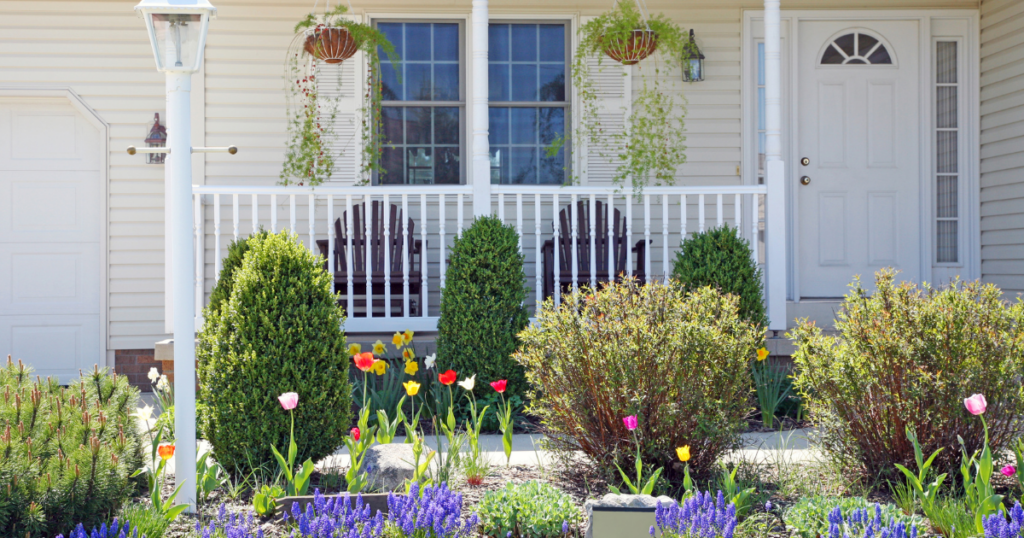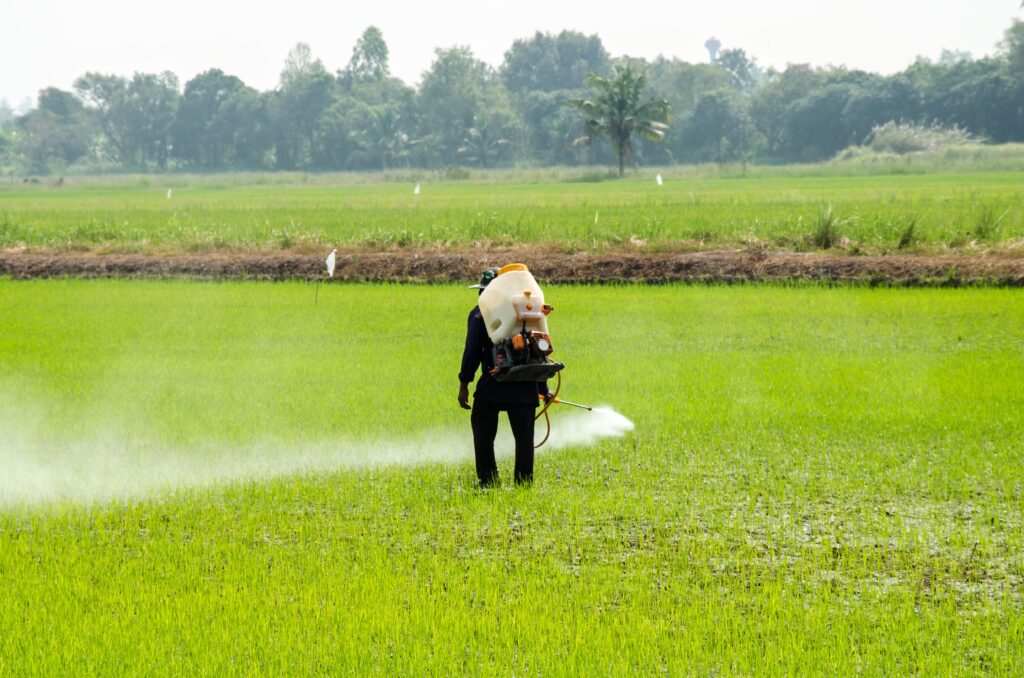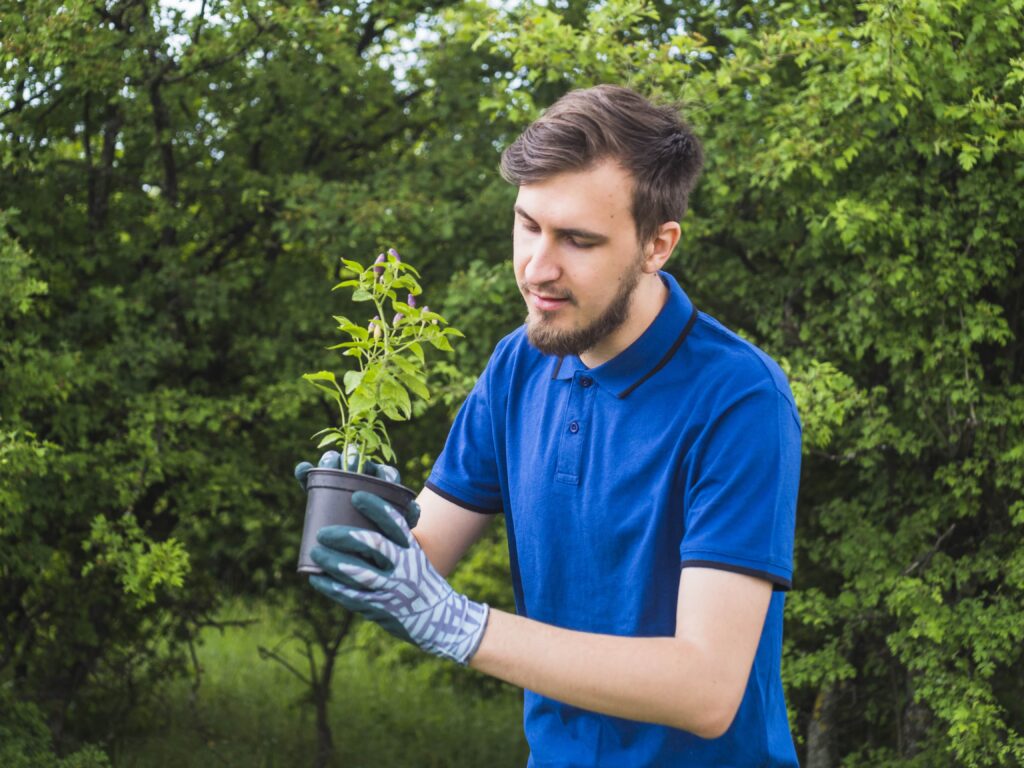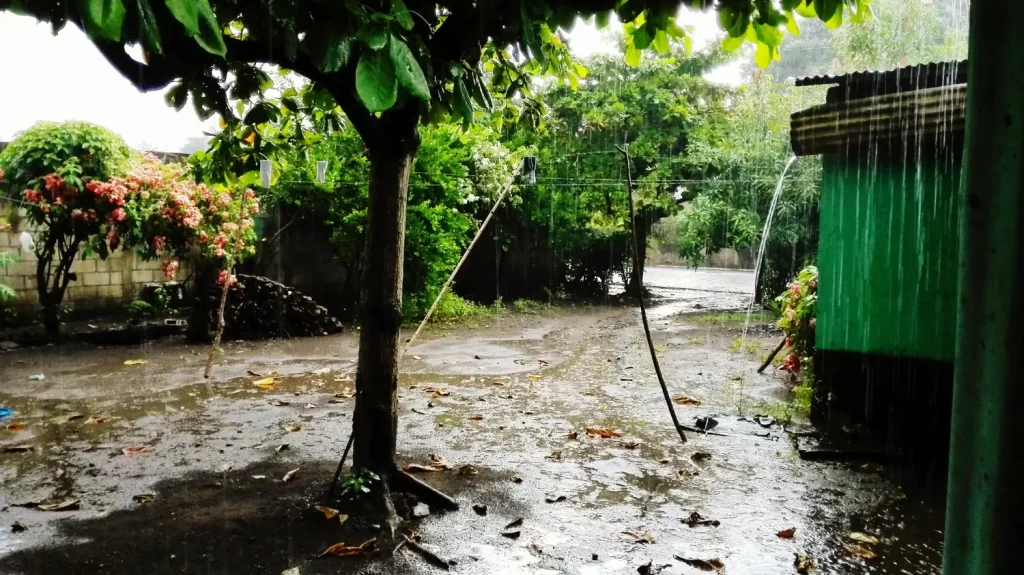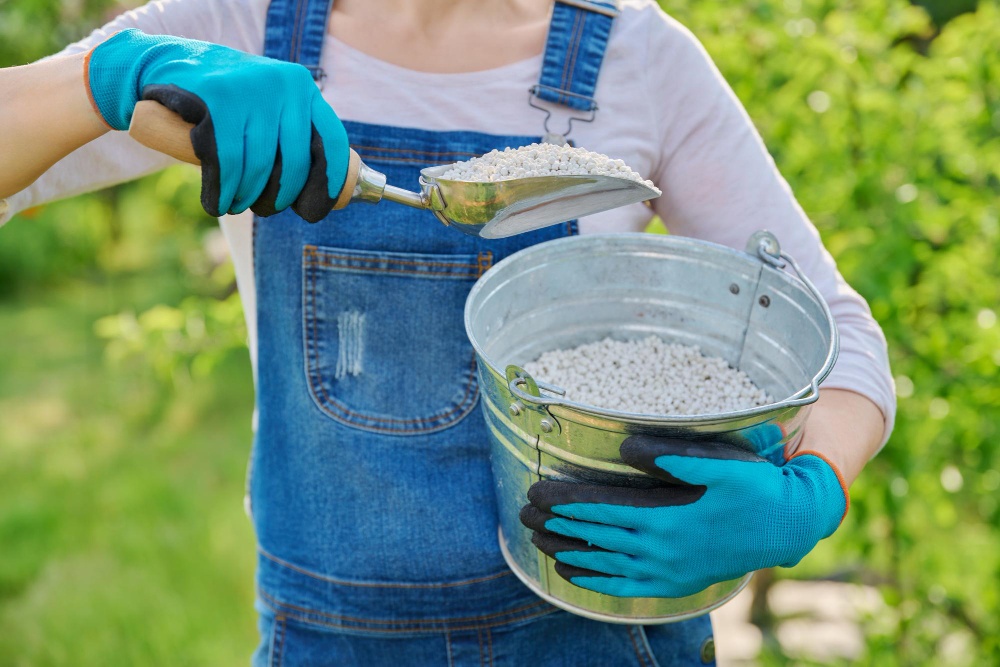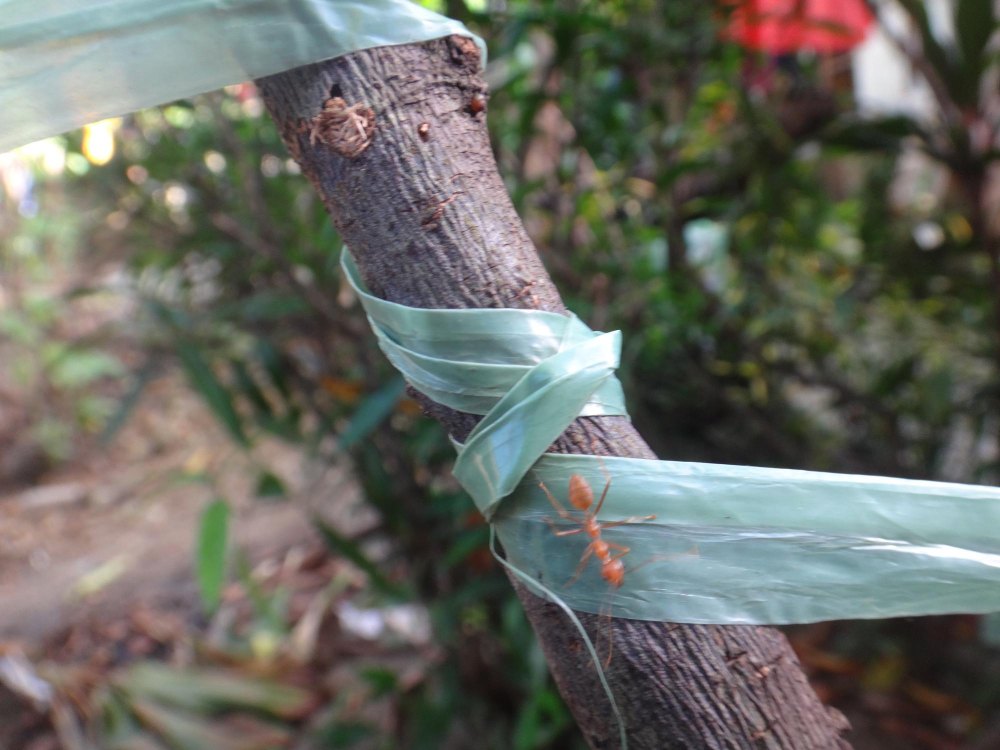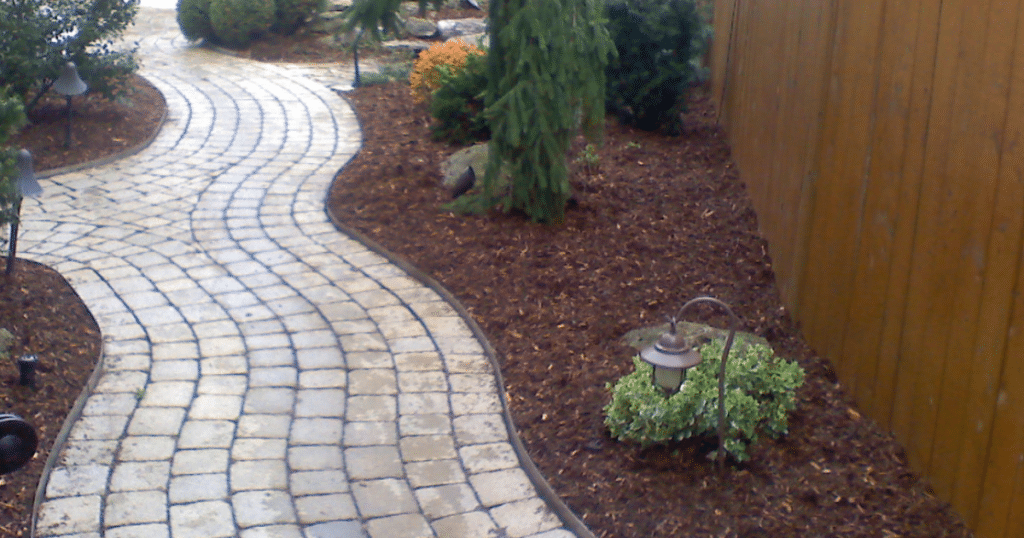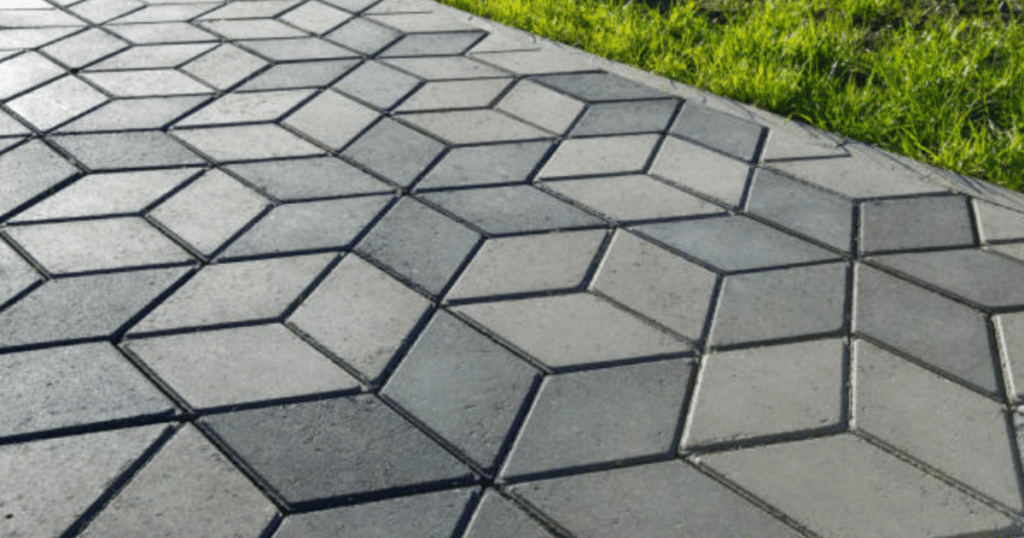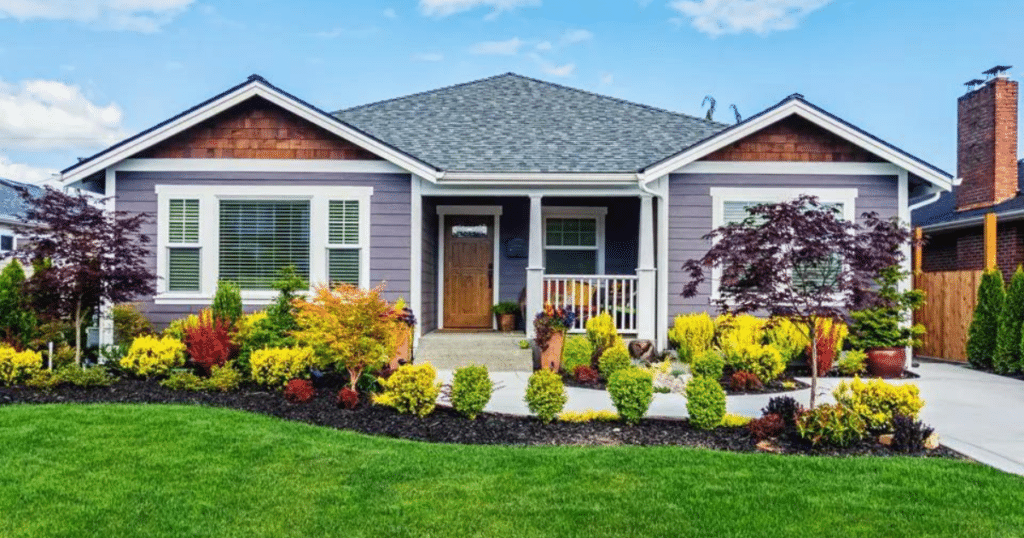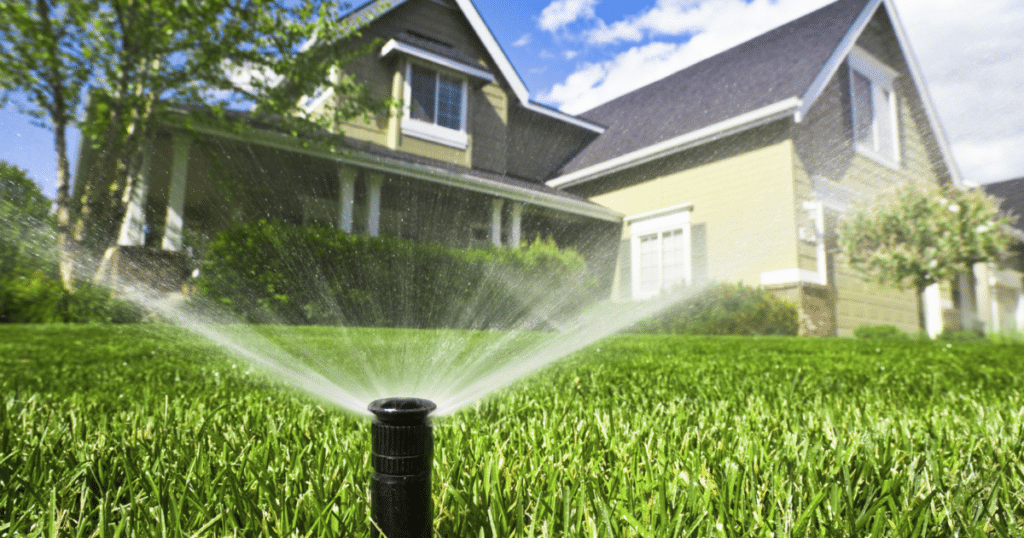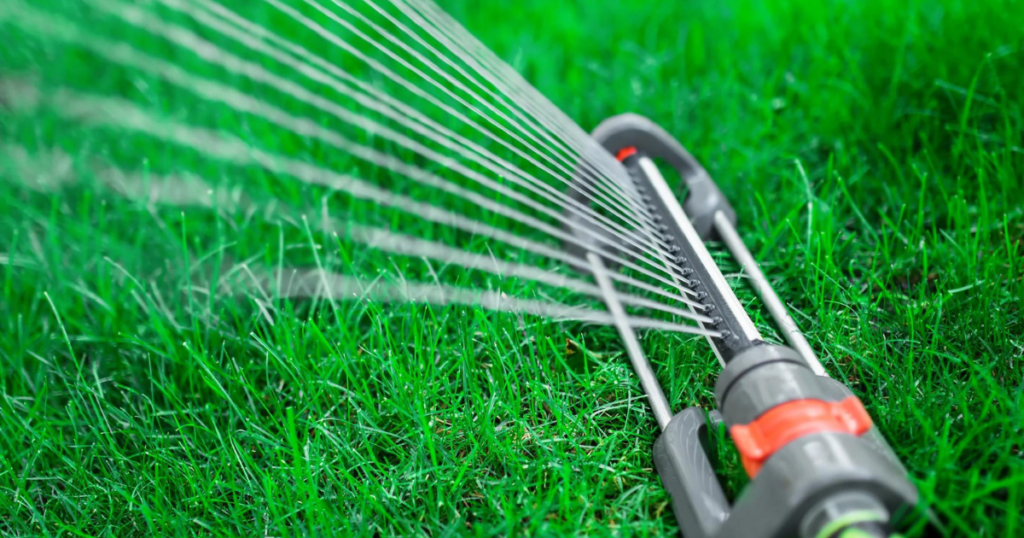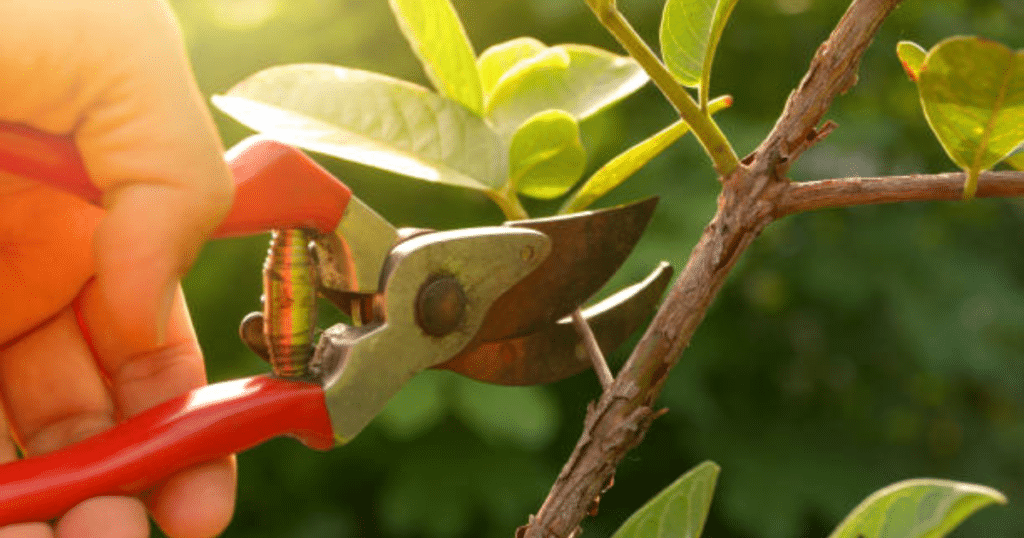In today’s world, where environmental concerns are paramount, it’s crucial to adopt sustainable practices in all aspects of our lives. One area often overlooked is our own yards. By making a few simple changes, you can transform your yard into an eco-friendly haven that supports biodiversity, conserves resources, and contributes to a healthier planet. Here are some practical tips from Paramount to get you started.
Embrace Native Plants
When it comes to landscaping, native plants are your best friend. They have evolved to thrive in your regions specific climate and soil conditions, making them low-maintenance and mire resistant to pests and diseases. By incorporating native plants into your yard, you’ll provide a habitat for local wildlife, attract pollinators like bees and butterflies, and conserve water. Research which plants are native to your area and design your garden accordingly. If you are located within Ontario, Canada, you may find plants like Black Eyed Susans, Marsh Marigolds, and Wild Geraniums to name a few.
Ditch the Chemicals
Say goodbye to harmful chemicals that can seep into the soil and waterways. Instead, opt for organic alternatives for fertilizers, pesticides, and herbicides. Compost and mulch can nourish your soil naturally, and natural pest deterrents like neem oil or companion planting can keep unwanted insects at bay. Consider using rainwater collection systems to reduce water waste and use it for watering your plants.
Create a Water-Wise Landscape
Conserving water is essential, especially in areas prone to drought. Install a drip irrigation system to deliver water directly to the roots of your plants, minimizing evaporation and runoff. Group plants with similar water needs together to ensure efficient watering. Replace thirsty lawns with native grasses or drought-tolerant alternatives that require less water. Add a layer of mulch around plants to retain moisture and suppress weed growth.
Foster Wildlife Diversity
Invite wildlife into your yard by providing them with food, water, and shelter. Incorporate bird feeders, birdhouses, and birdbaths to attract avian friends. Plant a variety of flowers that bloom at different times to attract butterflies and bees. Create small habitats like rock piles, brush piles, or a small pond to accommodate beneficial insects, amphibians, and reptiles. Avoid using pesticides to allow beneficial insects to thrive and naturally control pest populations.
By implementing these eco-friendly practices, you can turn your yard into a sustainable oasis that benefits both the environment and your local ecosystem. Every small step counts, and collectively, we can make a significant impact in preserving our planet for future generations. Let’s embrace these changes and create a greener world, one yard at a time.

